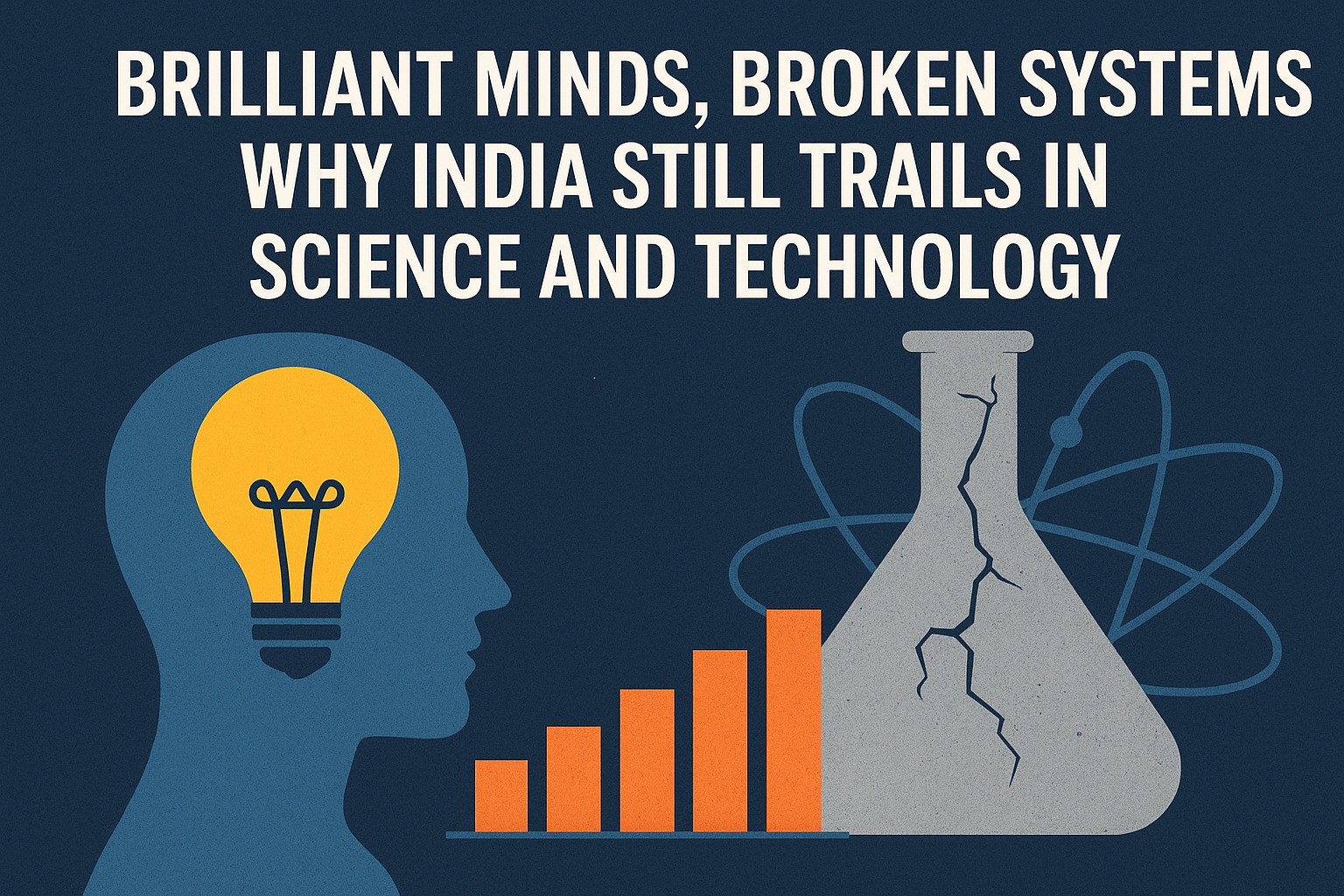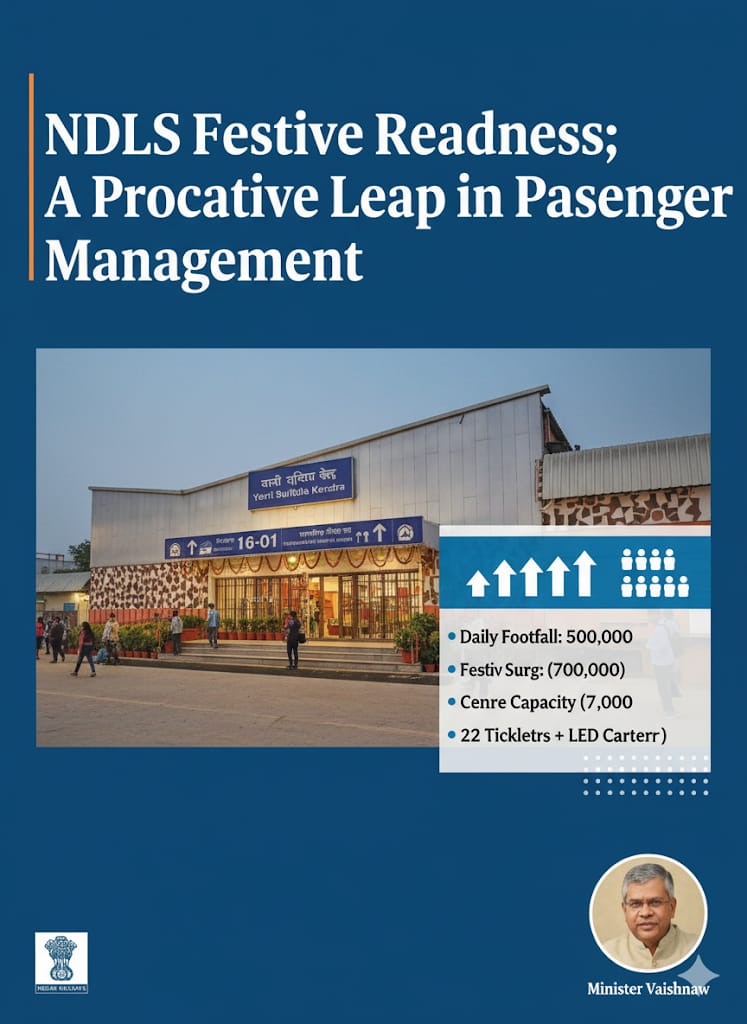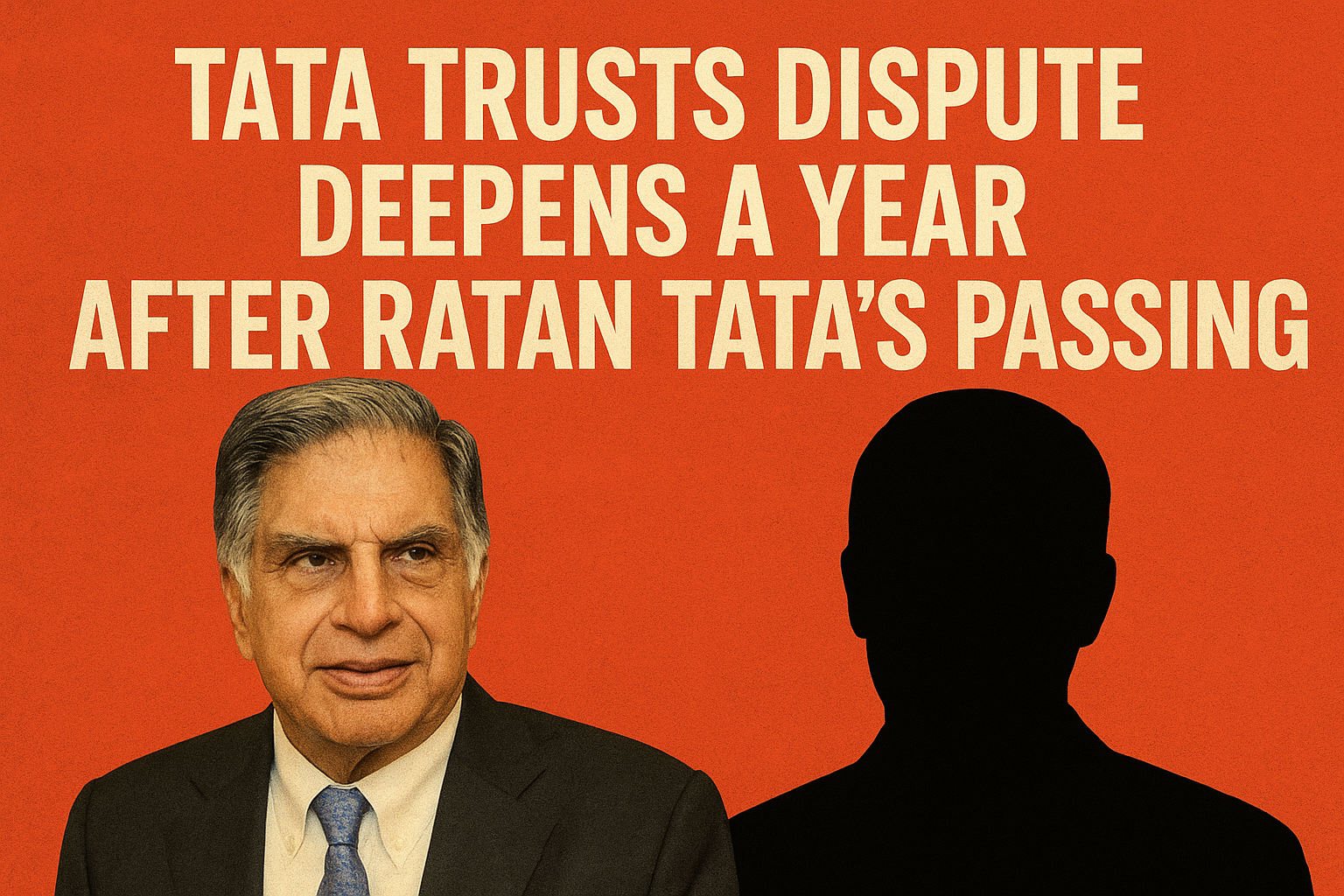
In a move that has sent ripples across India’s financial sector, Yes Bank has terminated four senior executives and overhauled key portfolios as part of a sweeping restructuring aimed at streamlining operations and sharpening focus across verticals.
The layoffs, which took effect on March 4, 2025, impacted four high-ranking officials: Akshay Sapru (Head of Affluent and Private Banking), Dhaval Shah (Head of SME Banking), Sanjiv Roy (Head of Fee Business), and Chief Strategy Officer Pankaj Sharma. The affected individuals were asked to step down with immediate effect, sources familiar with the matter expressed it.
This latest round of restructuring is part of a larger strategic realignment orchestrated by Managing Director and Chief Executive Prashant Kumar. Insiders say that employees were notified only two to three days before the decision was implemented—a telling sign of the urgency and top-down nature of the overhaul.
Why This Matters to India Inc.
While executive reshuffles are not uncommon, the nature and timing of this shake-up carry important lessons for professionals across sectors. For one, Yes Bank’s move reflects a broader trend in Indian corporate circles: seniority and past performance alone no longer guarantee immunity in today’s efficiency-driven climate. Roles are being scrutinized not only for their cost but also for their synergy with emerging business priorities like digitization, customer-centricity, and integrated growth.
The disbanding of the strategy transformation team under Sharma marks a pivotal moment. Once considered a cornerstone of long-term planning, the unit has now been shelved—indicating a possible shift toward more agile, execution-focused models. The digital banking team, which was part of Sharma’s oversight, will now report directly to the CEO, hinting at a renewed emphasis on tech-enabled growth.
In a company-wide email, Kumar assured employees that the bank’s branch network would remain the “fulcrum” of operations and a “touchpoint” for profitability and customer engagement. He also outlined a new operational model wherein private banking, liability products, micro-enterprise, and spectrum banking will now be consolidated under Dheeraj Sanghi, Country Head of Branch Banking, Affluent and Institutional Banking.
Moreover, the large corporate banking vertical, previously split between two national heads, will now be unified under a single leadership—another indication of the bank’s push for simplicity, speed, and accountability.
Lessons for Professionals in Banking—and Beyond
This episode at Yes Bank is not merely an internal reshuffle; it’s a cautionary tale for professionals at all levels. It underscores the rising tide of corporate accountability, where job roles—even at the top—are under constant review.
Here’s what working professionals should take away from this:
Relevance is dynamic: Yesterday’s core team could be today’s redundancy. Keep your skills aligned with your company’s shifting strategic priorities.
- Digital fluency is no longer optional: As digital banking moves to the CEO’s desk, it’s clear that technology is not a support function but a business driver.
- Visibility and outcomes matter: Regardless of your designation, demonstrating clear, measurable impact is essential in today’s performance-focused culture.
- Stay connected to the customer: The pivot back to branch banking highlights that, even in a digital world, the human touchpoint remains central to customer trust and profitability.
A Broader Industry Signal
For an institution still in recovery mode from past financial stress, Yes Bank’s recent move signals a shift from damage control to proactive leadership optimization. The bank appears intent on charting a new course—leaner, faster, and more integrated.
For professionals across industries, the message is clear: being adaptive, tech-savvy, and strategically aligned is no longer just good practice—it’s a matter of survival.




.jpeg)


.jpeg)




.jpeg)








